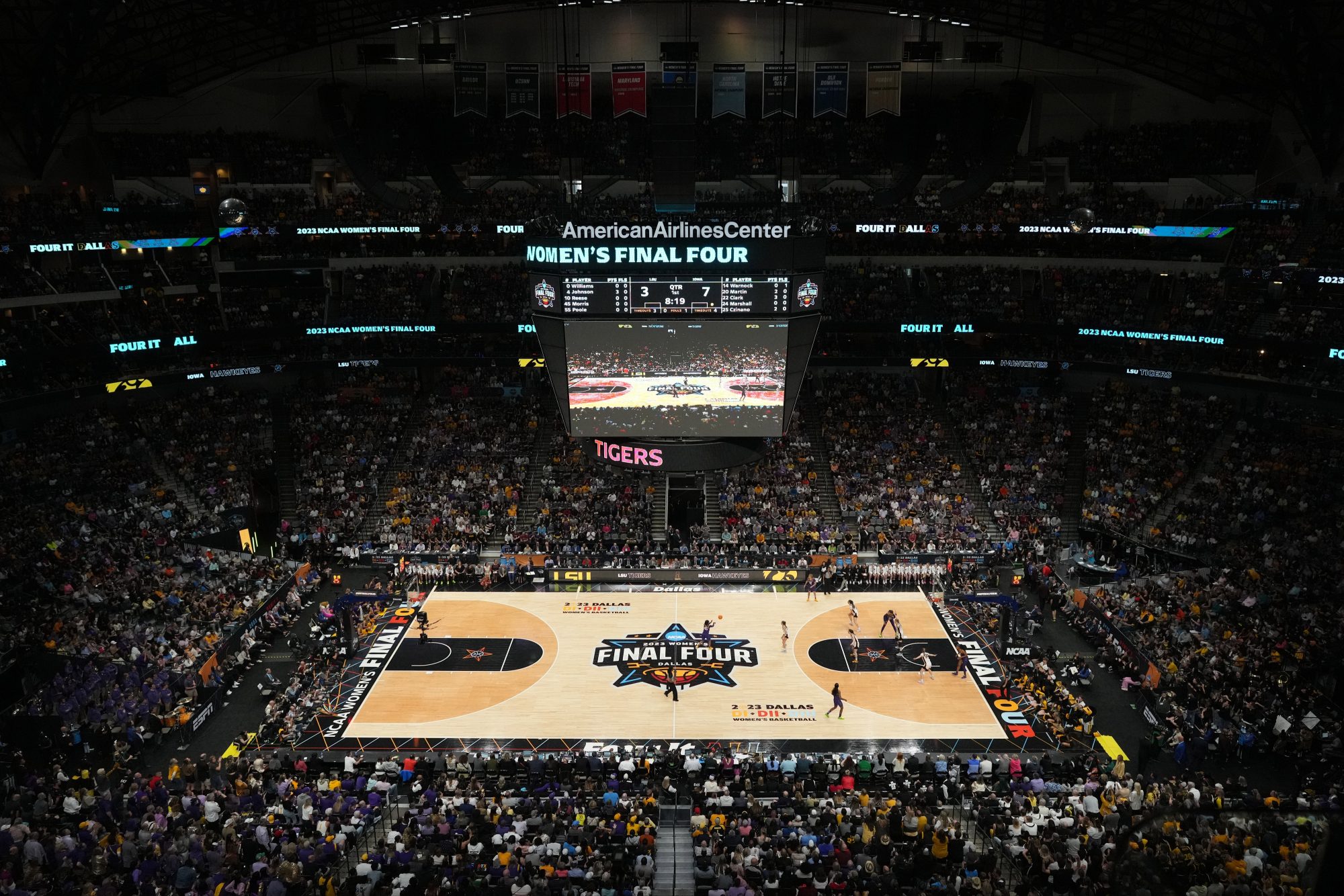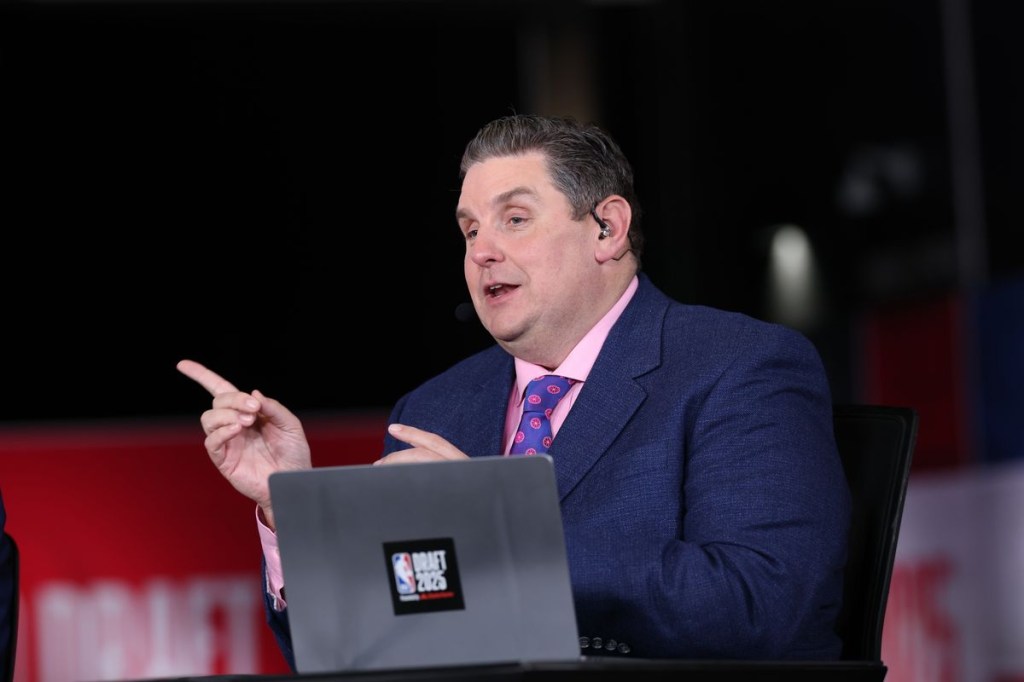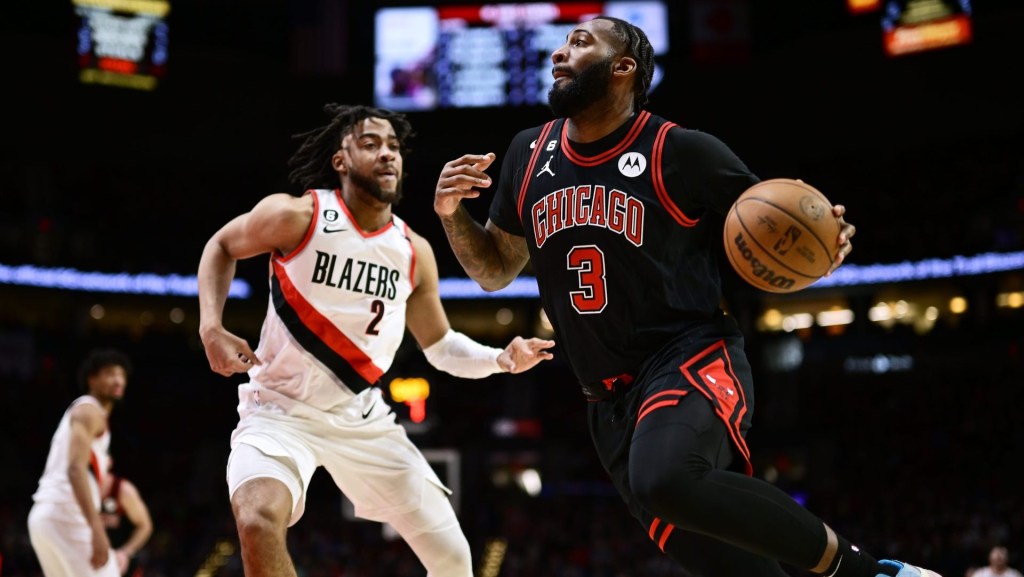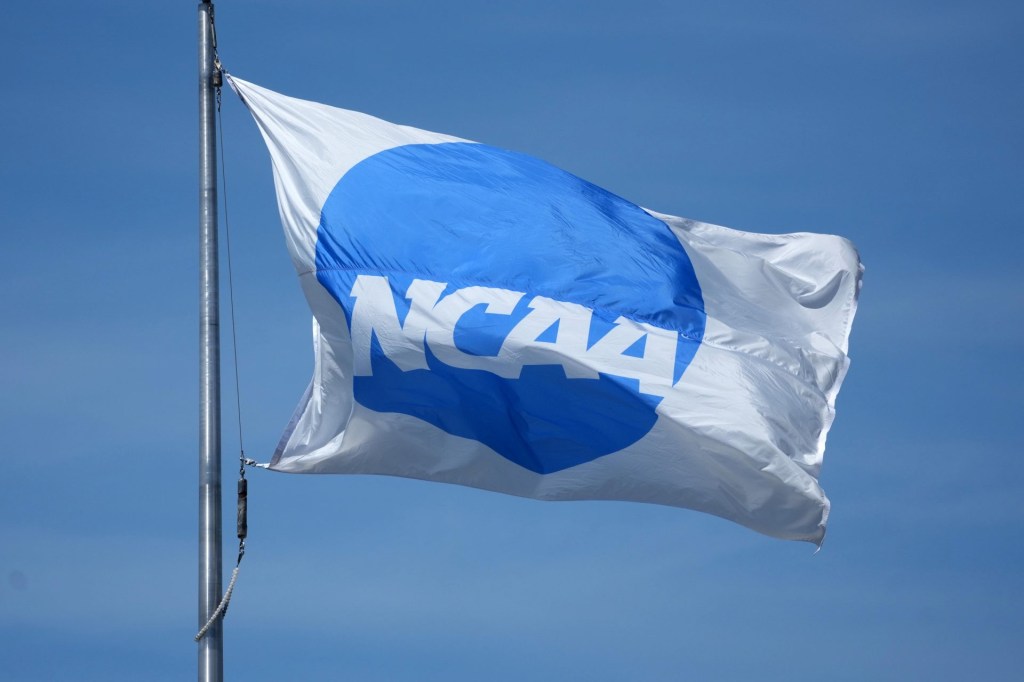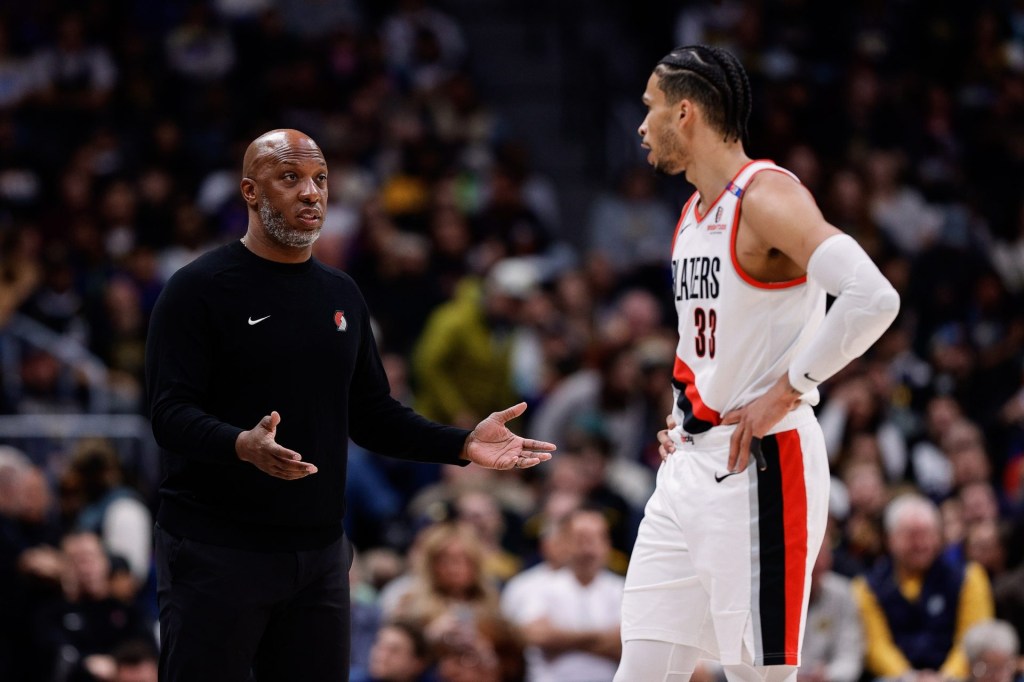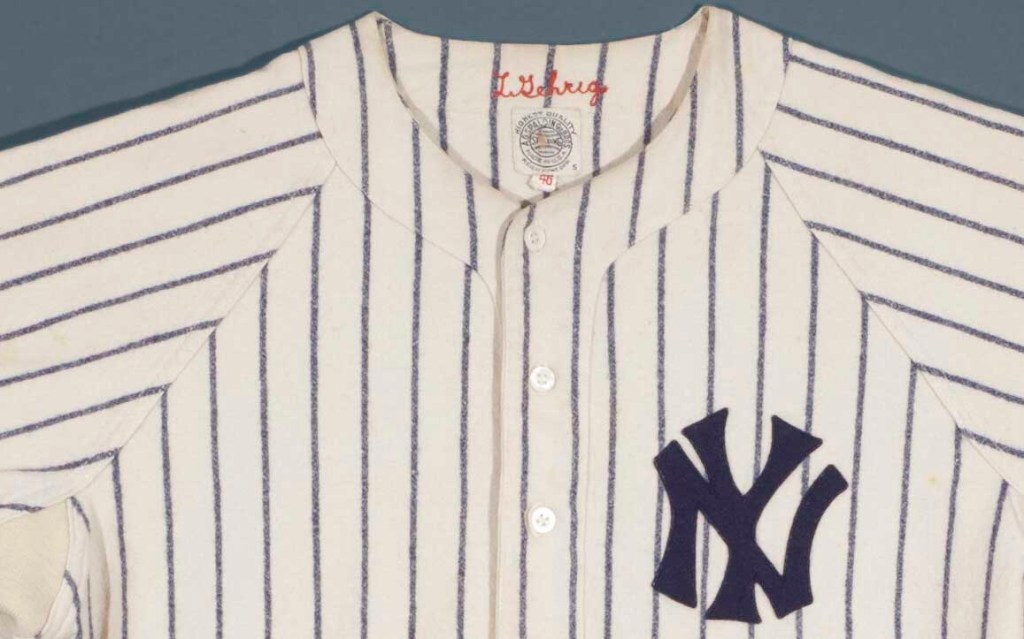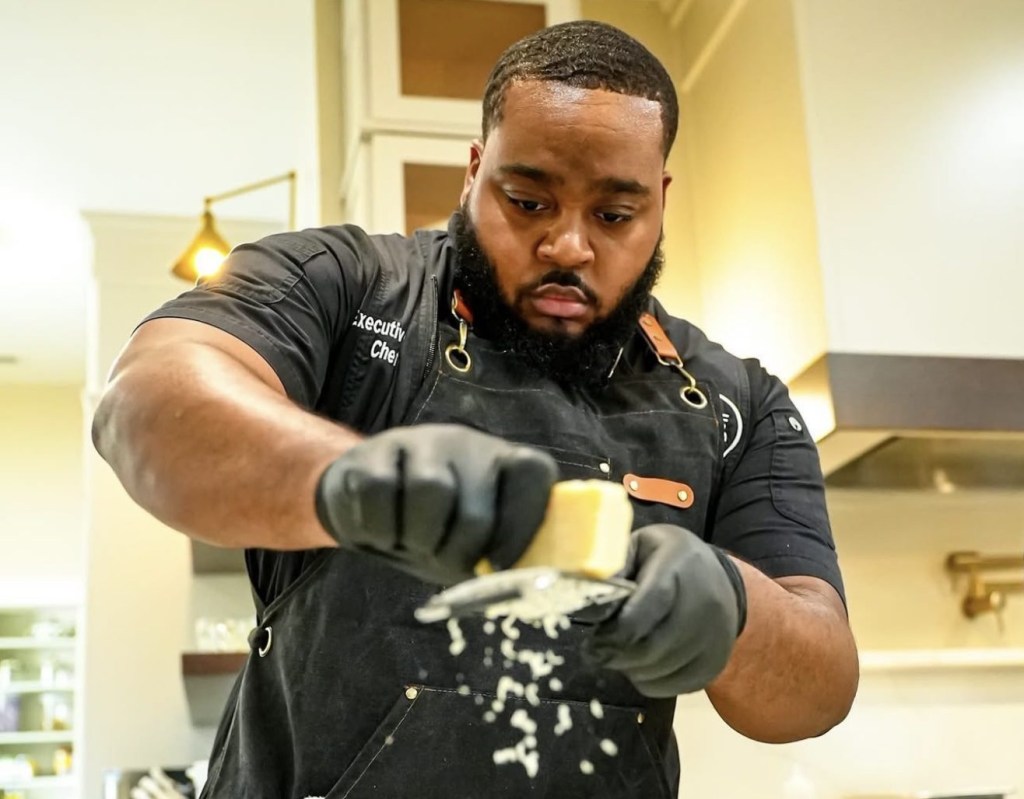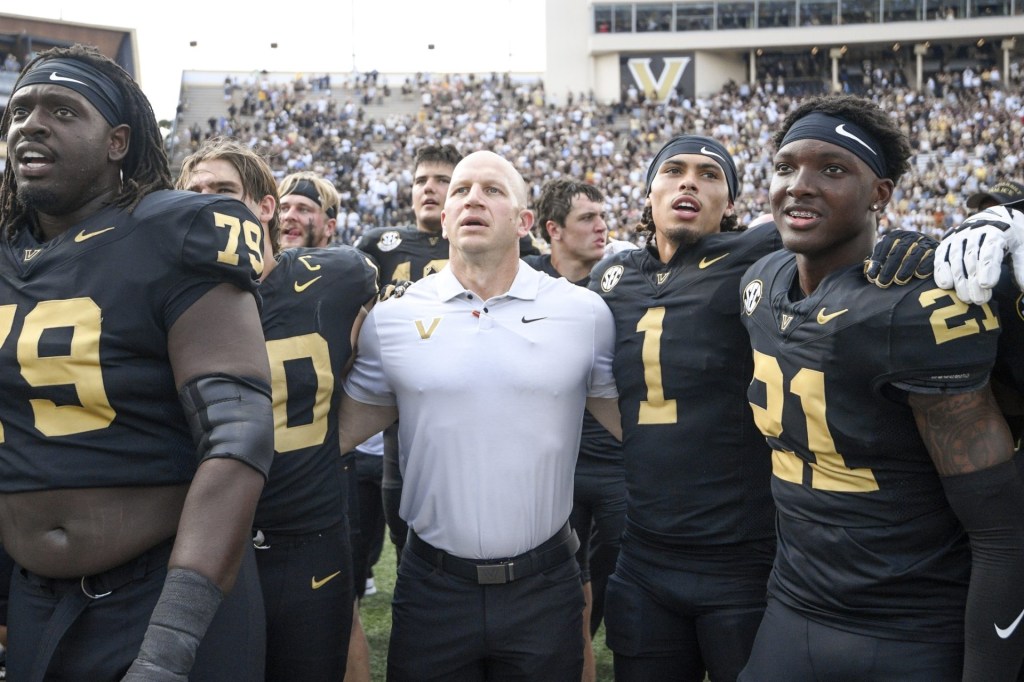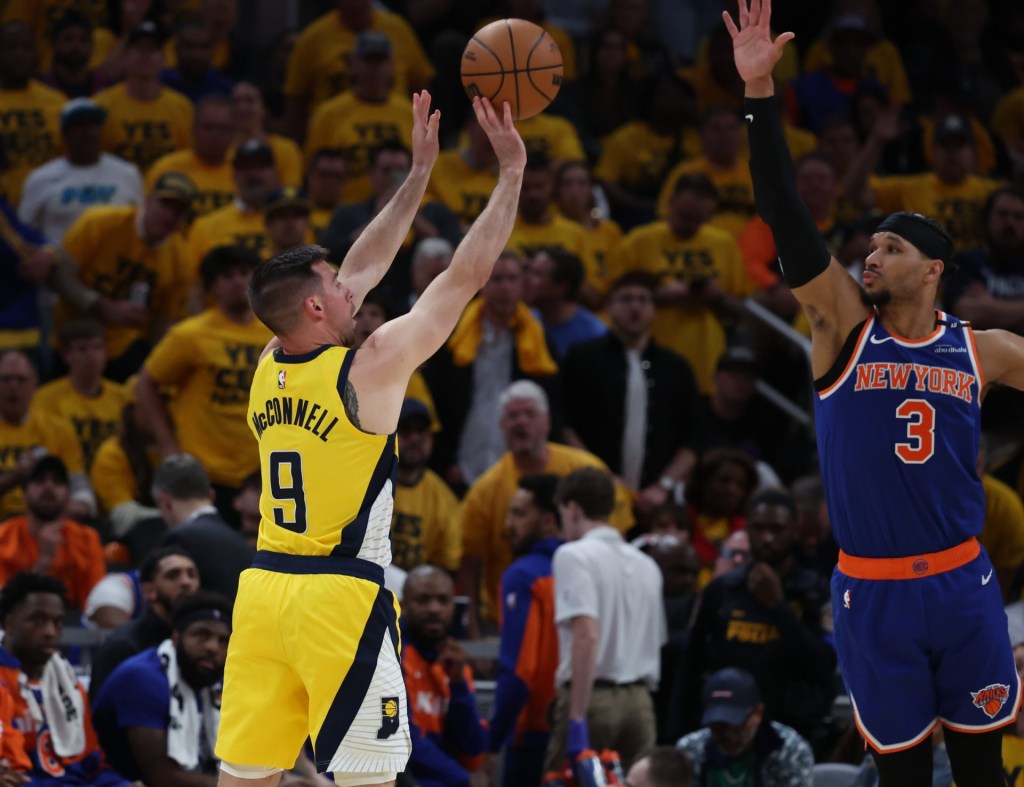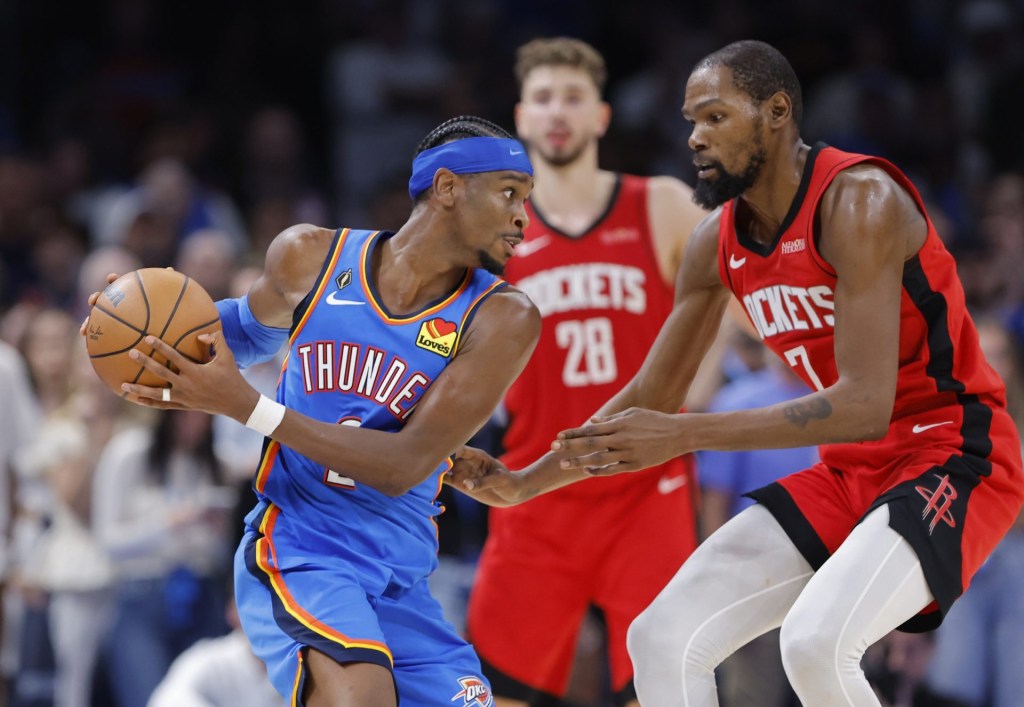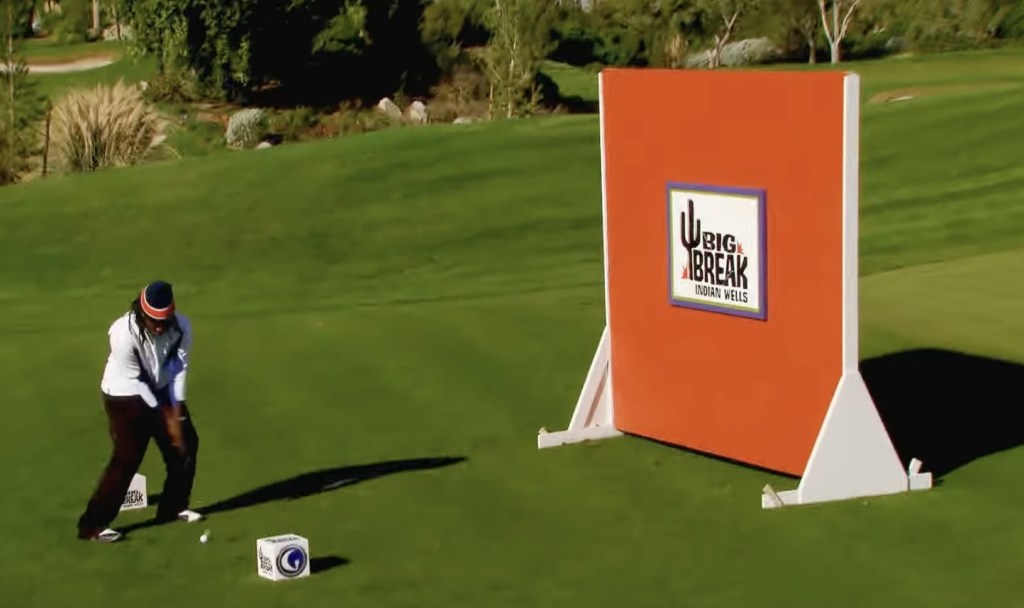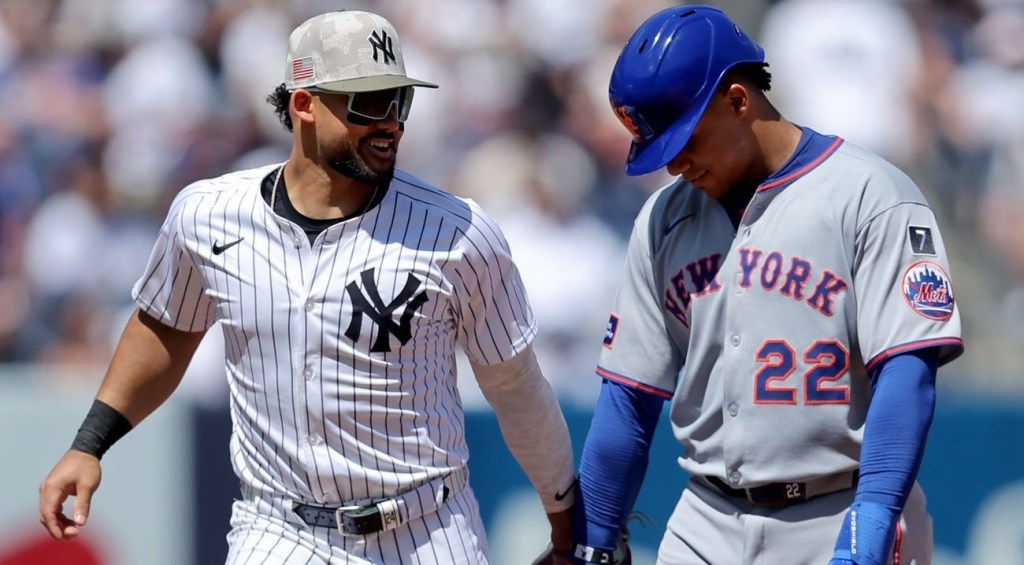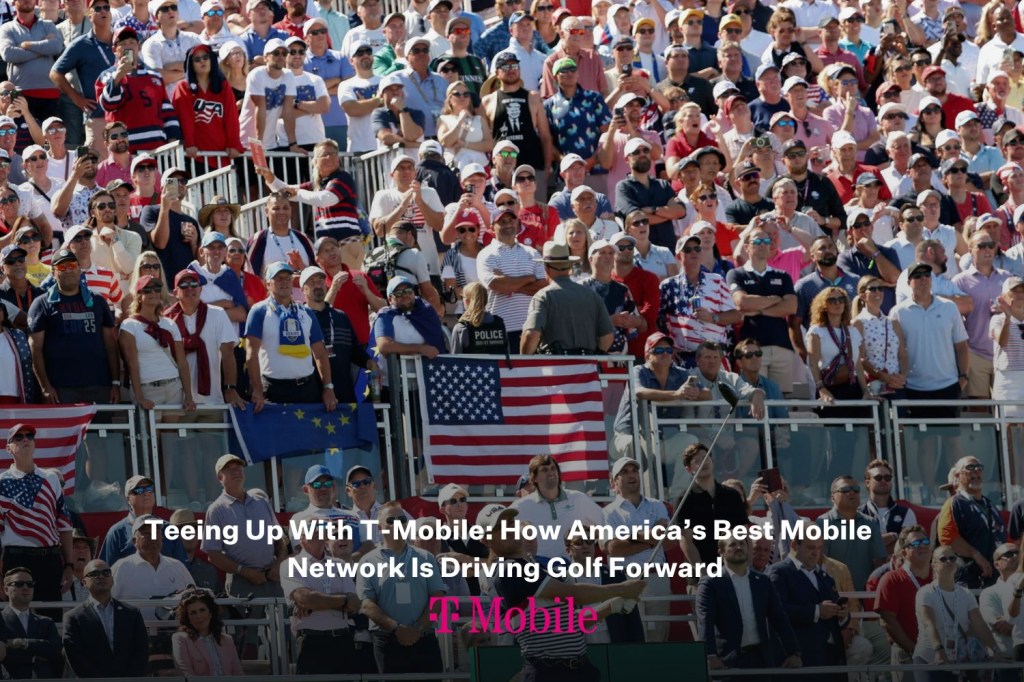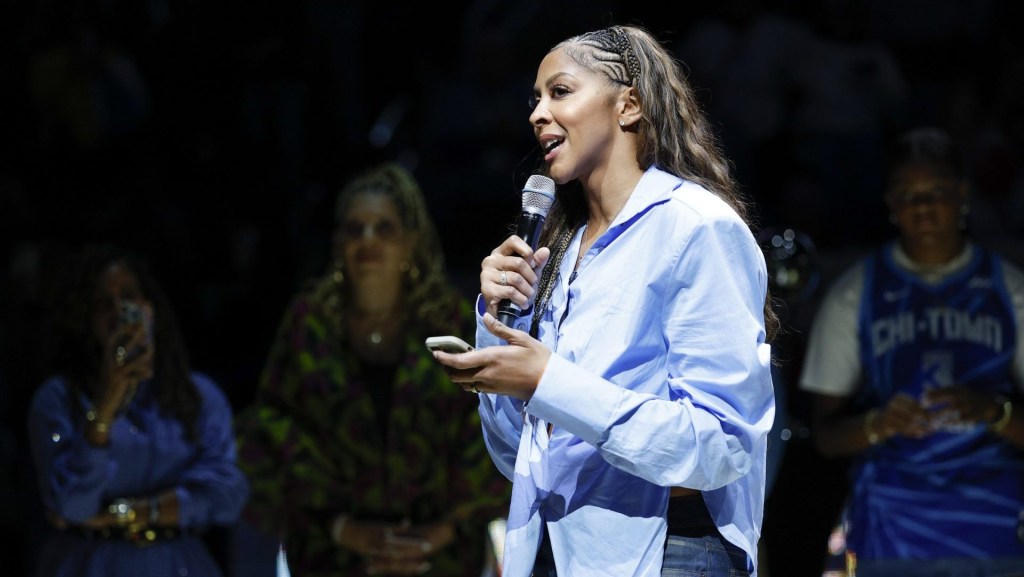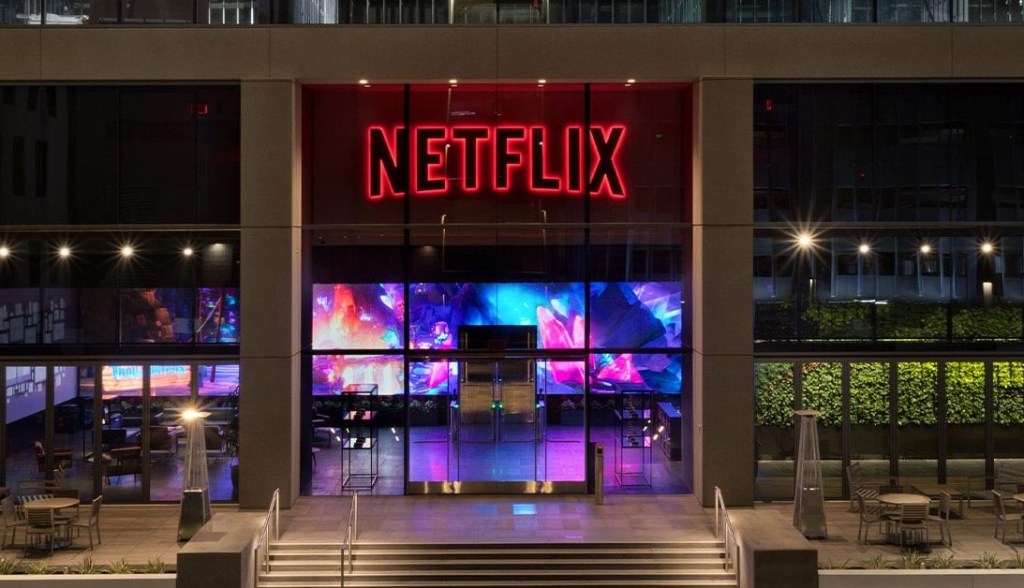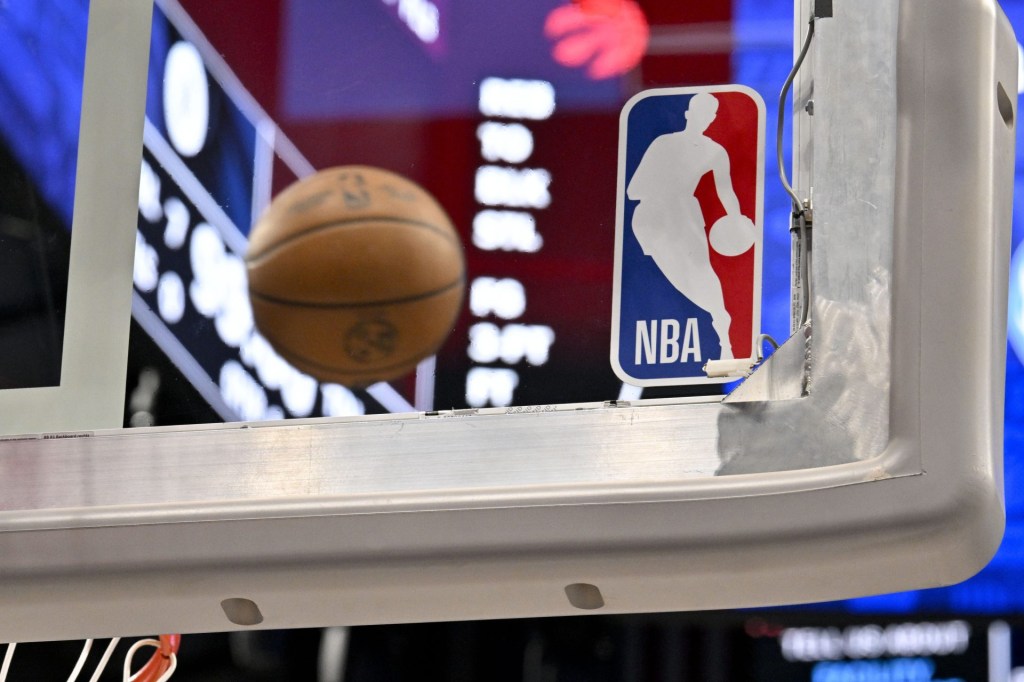On Thursday, the NCAA and ESPN announced an eight-year, $920 million extension to their current media rights package of 40 NCAA championships, including the ever-growing women’s March Madness tournament.
The deal, which will begin on Sept. 1, will pay out an average of $115 million per year, with women’s March Madness valued at $65 million of that number, NCAA President Charlie Baker tells Front Office Sports. The contract will end in 2032 to correspond with the end of the men’s tournament deal with CBS and Warner Bros. Discovery. Endeavor’s IMG and WME Sports worked with the NCAA on the package.
In an era of unprecedented cost-cutting for broadcasters, the package is a major win for the frequently criticized NCAA: It’s triple the price of the current package, which averages $34 million per year for 29 championships. From exposure to prize money, the deal will help to finally rectify some of the NCAA’s long-standing gender inequities.
“We didn’t do a renewal,” EVP and Head of the Americas for Media at IMG, Hillary Mandel, says. “This is a reset.”
Long List of Perks
Mandel and Karen Brodkin, EVP and Co-Head of WME Sports, both called the deal “groundbreaking.”
The package adds 11 extra championships to the ESPN platform and guarantees more investment in storytelling—not just pre- or post-game pieces, but also long-form, documentary-style content. Mandel notes this type of programming is not typically part of a contractual obligation. Division I women’s basketball, volleyball, gymnastics, and FCS football will continue to be featured on ABC going forward, and ESPN will produce a total of 10 selection shows.
The deal is lucrative enough for the NCAA to begin serious conversations about revenue distributions based on performance in the women’s tournament, the governing body said. The NCAA currently only does so for the men’s tournament—a fact that was marked as a major concern in a 2021 equity report. Multiple high-profile women’s basketball coaches have said that adding a women’s “unit” system is the No. 1 way to incentivize equity in the NCAA structure.
An NCAA finance committee has explored the concept, and will bring the rest of the NCAA members into the fold this year.
The expiration date could be beneficial for future gender equity improvements, too. The NCAA’s contract with CBS/Warner Bros. Discovery makes sponsorship deals for the women’s tournament more difficult. (In order to purchase women’s tournament sponsorships, brands must first pay for expensive men’s tournament deals.) Once both media agreements conclude, the NCAA can reimagine more cohesive sponsorships, exposure, and media rights.
Price Is Right
The gender equity report, commissioned by the NCAA after the 2021 men’s and women’s basketball tournaments, exposed vast inequities and estimated the women’s tournament could command $81 million-$112 million a year alone.
But when it came time to negotiate in late 2022, the NCAA and Endeavor found the numbers that have been thrown around in media reports to be unrealistic after multiple detailed analyses.
By the end of 2022, broadcasters have begun to pay much less for rights fees as layoffs, ad-sale price drops, and streaming subscription woes plague the entire industry. Look no further than Power 5 rights: ESPN opted not to overspend on the Big Ten, and the Pac-12 vastly overestimated its value, leading to its demise. Even the NWSL, which inked a landmark deal in November, only got $60 million per year.
“We know that this media market is not like we’ve ever seen before,” Brodkin says.
Baker says he was more than satisfied with getting three times the amount of the previous deal, when other leagues had only gotten 1.2 or 1.3 times that amount in recent packages—particularly given added benefits that ESPN will provide, including major distribution and production value.
Inside the Negotiations
When the NCAA hired Endeavor, the organization explored unbundling the women’s basketball tournament from the rest of the championships to maximize value. “Everything was a possibility,” Brodkin says. “It was a white board, so to speak.”
The NCAA ultimately decided against it. If women’s basketball had been sold independently, there was fear that other, less popular championships could be left without a home. “I wanted the best deal for everybody,” Baker says.
The potential structure of the deal has been hotly debated in the women’s basketball community. “Sometimes you have to turn around and say, ‘Guess what, my current partner, if we reset the right way, we will advance the women’s basketball championship and take care of everybody else,’” Mandel says. “It’s with the best partner who’s now going to lean in at the next level.”
The NCAA only had conversations with ESPN, though Endeavor spoke with other networks, Baker says. He describes the “appetite” for networks outside ESPN as “kind of all over the place.”
It took about two months to finalize the package between the two long-term partners—a timeline ESPN SVP of College Sports Programming and Acquisitions Nick Dawson characterizes as “relatively quick.” For ESPN, securing this deal was important to round out its entire college sports programming slate. After years of helping increase the visibility of these sports, ESPN wasn’t about to relinquish media rights at the height of their popularity.
“By no means do we think any of the championships have peaked,” Dawson said.
